The new GIA Certs coming in 2006 will emphasize them...not sure if the info will be provided on the Certs though.
The new AGS Performance Based Certs don''t provide this info on their Certs.
GOG, NiceIce, Infinity all provide both the star facet and lower girdle info in their Sarin 3-D models.
Superbcert has OGI scan with star facet info but no lower girdle info.
Whitflash added star facet info just recently to their Sarin report but no Lower Girdle Info.
Some have argued that differences in the minor facet patterning will give a top notch diamond a different appearance as compared to another one. Thus, should this info should be provided to consumers especially by Internet Vendors if they do have Sarin/OGI Scans?
The new AGS Performance Based Certs don''t provide this info on their Certs.
GOG, NiceIce, Infinity all provide both the star facet and lower girdle info in their Sarin 3-D models.
Superbcert has OGI scan with star facet info but no lower girdle info.
Whitflash added star facet info just recently to their Sarin report but no Lower Girdle Info.
Some have argued that differences in the minor facet patterning will give a top notch diamond a different appearance as compared to another one. Thus, should this info should be provided to consumers especially by Internet Vendors if they do have Sarin/OGI Scans?










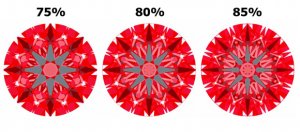
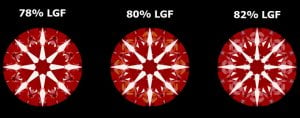

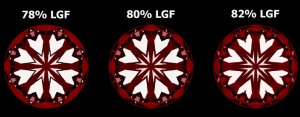
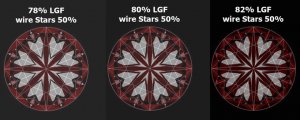


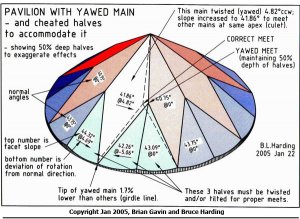
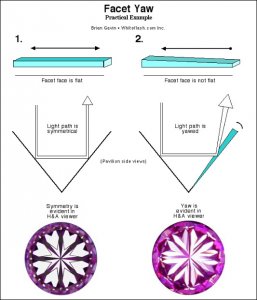
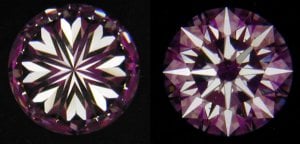
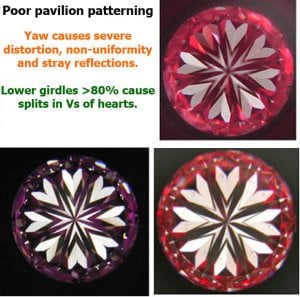
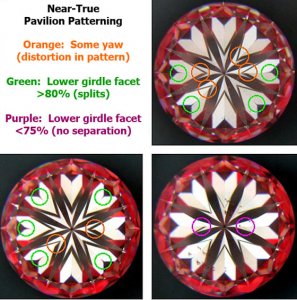
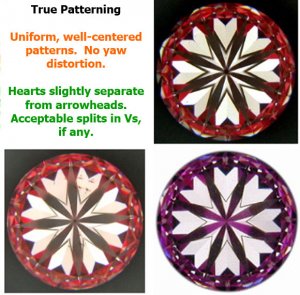


300x240.png)